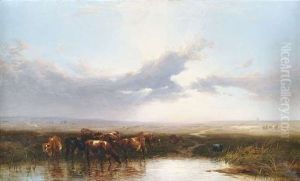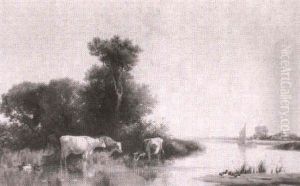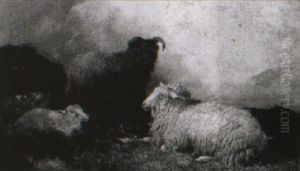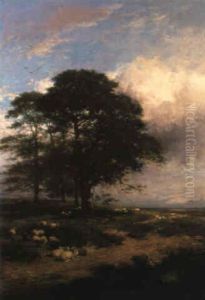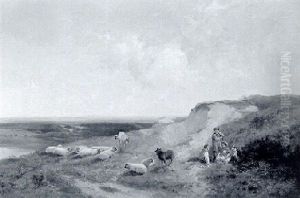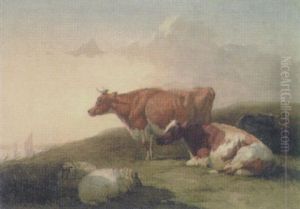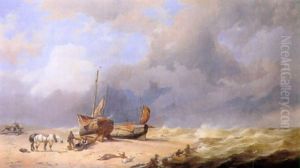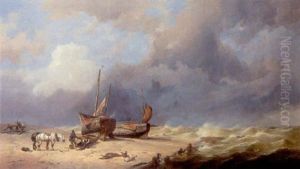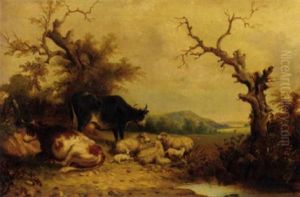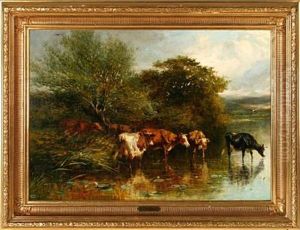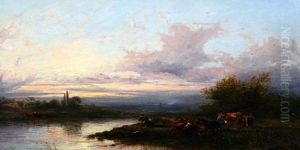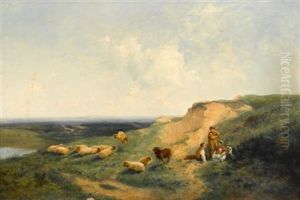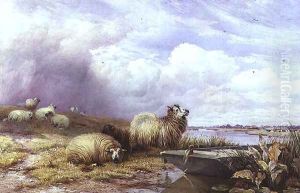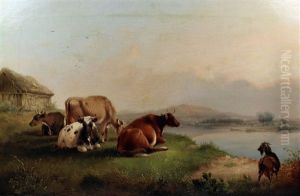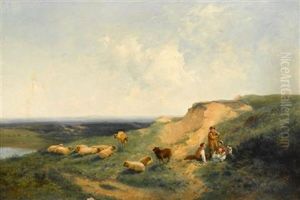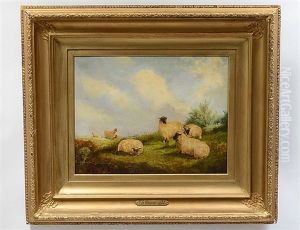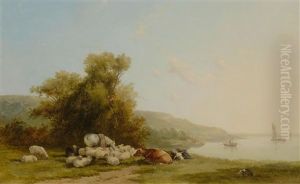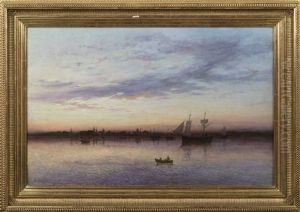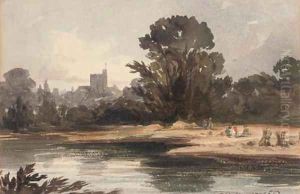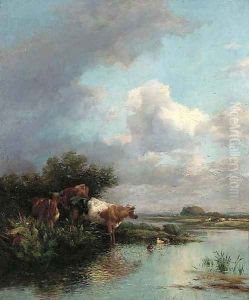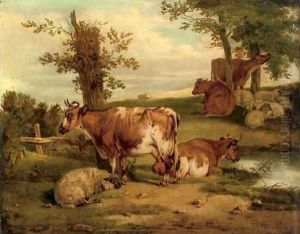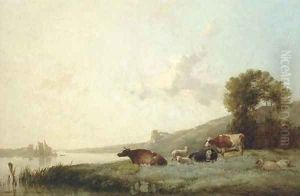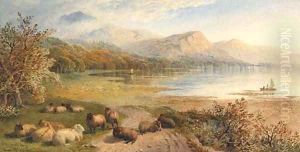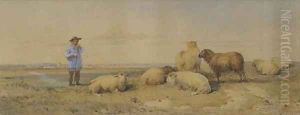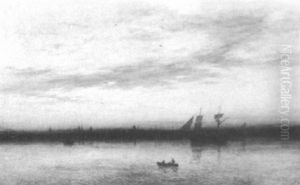Thomas Francis Wainewright Paintings
Thomas Griffiths Wainewright was an English artist, writer, and convicted criminal, born in London in 1794. Often known for his infamous personal life rather than his work as an artist, Wainewright's story is a blend of artistic talent and criminal intrigue.
Wainewright was raised by his grandfather after his father's death and his mother's remarriage. He inherited a substantial amount from his grandfather, which allowed him to pursue his artistic interests. He studied art under the tutelage of John Linnell, and later at the Royal Academy schools. Although he was influenced by the likes of William Blake, his artistic career was modest, and he was known as a minor figure in the Romantic movement. His work included literary criticism, essays, and illustrations, and he became known in the London social scene for his dandyism.
Despite his engagement in the arts, Wainewright is more infamously remembered for his criminal activities. In the 1820s, he took out life insurance policies on several of his relatives and acquaintances, who then died under mysterious circumstances. Suspicions arose about the nature of these deaths, and in 1837, Wainewright was arrested in France for an unrelated crime of forgery. He was convicted and transported to the penal colony on the island of Tasmania, then known as Van Diemen's Land.
While in Tasmania, Wainewright continued to paint and draw, producing some of his most accomplished works, including portraits of other convicts and local officials. His art from this period is marked by a refined and sensitive style, quite distinct from the heavy-handedness often found in colonial art of the time.
Wainewright died in Tasmania in 1847, leaving behind a legacy that is as much about his crimes as his contributions to art and literature. His life has been the subject of fascination and speculation, and he has been portrayed in novels and films as a quintessential dandy and villain. Despite his talents, his criminal acts have overshadowed his artistic achievements, and he remains a controversial figure in the annals of art history.
